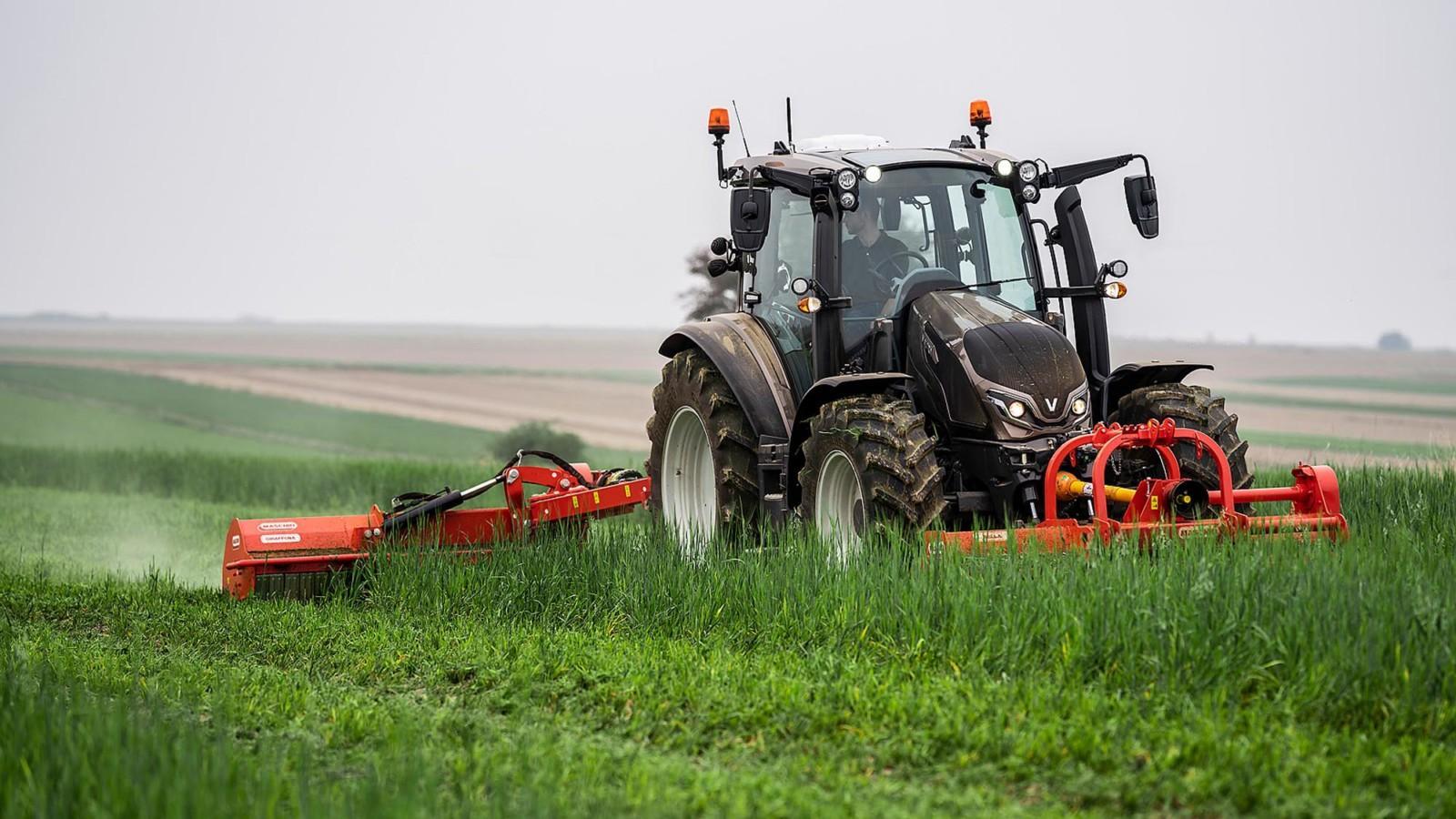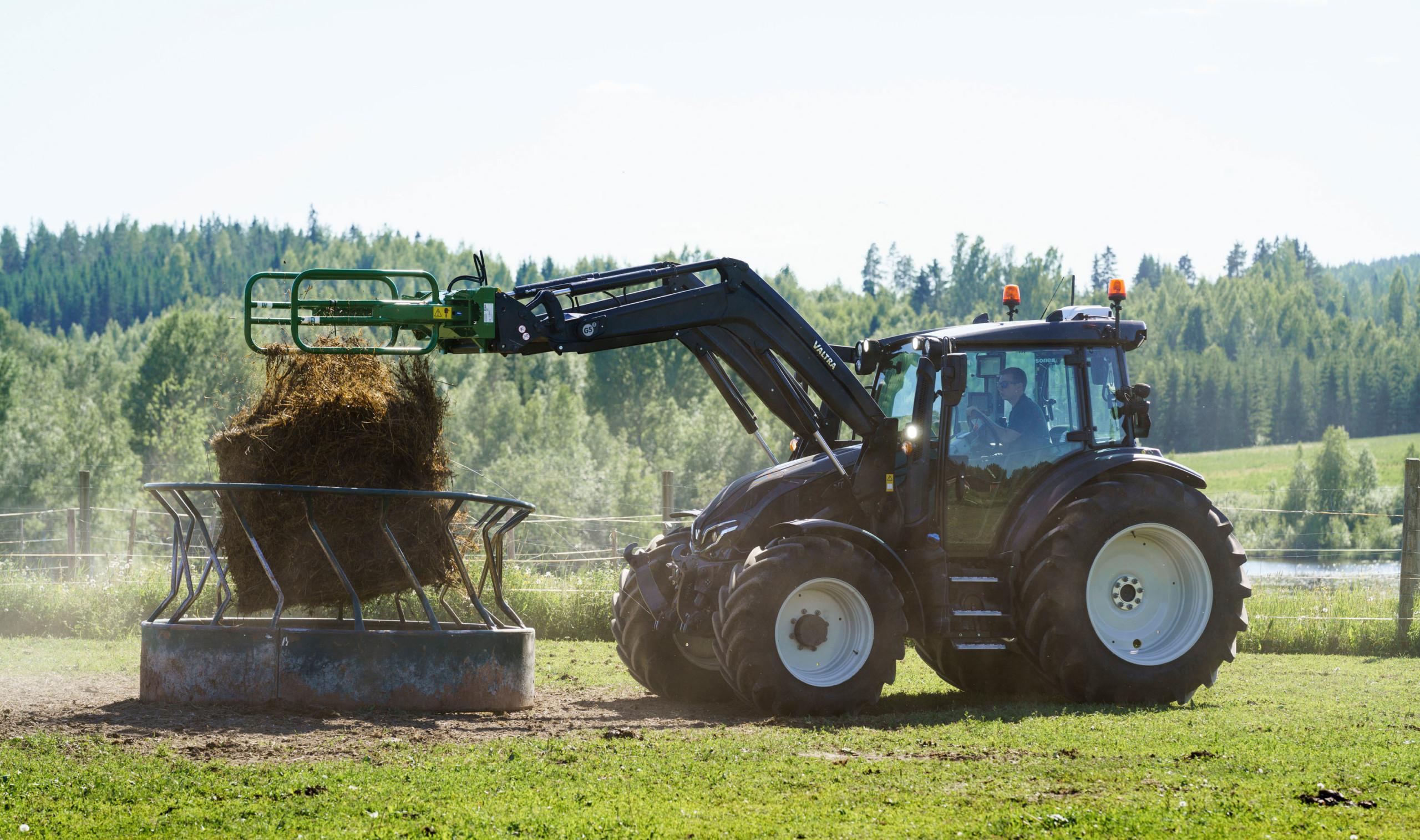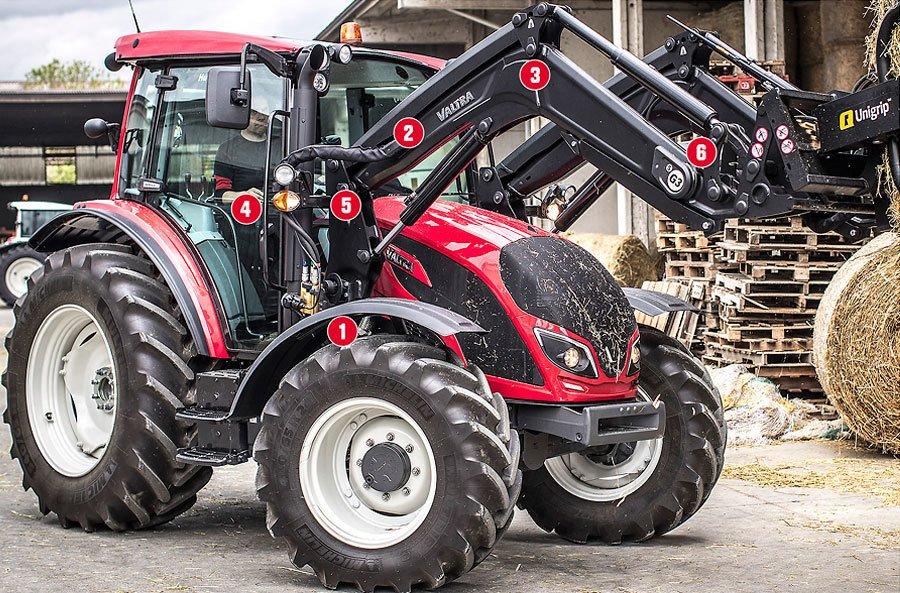Carbon is a hot topic at the moment. Carbon reduction, carbon sequestering, carbon credits – increasing governmental and consumer pressure to reduce our carbon footprints. The conversation around carbon is really heating up. But what happens if you apply heat and pressure to carbon? It might just turn into diamonds.
In this blog, we take a look at carbon farming and answer some questions you might have. What is carbon farming? What are the benefits of carbon farming? How can I get started in carbon farming? Is carbon farming profitable? How can Valtra solutions assist in carbon farming? Read on to find out why you should care about carbon farming.
Bracken is a weed for many hill farmers, but as the main ingredient for peat-free Dalefoot Composts by Barker and Bland Ltd, it has become a profitable crop.
Carbon farming – the basics
Carbon can be likened to a kind of energy currency. It can be spent, (like when we burn fossil fuels and release CO2 into the atmosphere), or, it can be saved (like when plants take carbon out of the atmosphere and lock it away in their cells). Under the right conditions, carbon can even be locked away in the soil for a very long time.
Carbon farming refers to a range of agricultural techniques that aim to remove carbon from the atmosphere and lock it away in plant material and soils. Globally, soil is one of our most valuable resources. Although non-livestock farming accounts for approximately 15% of the world’s excess carbon emissions, soil is the single largest carbon sink (means of locking away carbon) outside of the oceans. This makes agriculture the world’s greatest potential player in the carbon economy.
The benefits of carbon farming
As well as reducing the amount of carbon in the atmosphere, mitigating climate change, and thus contributing to a better future, there are many other benefits to becoming a carbon farmer. The side effects of carbon farming include many ecological benefits such as increased biodiversity, reduced environmental impact, and improved water quality. Agronomy benefits of carbon farming include better soil health and enhanced crop production. There are also many economic benefits to taking up carbon farming in the form of government financial incentives, and carbon trading.
How to farm carbon
The chances are you may already practice some carbon farming techniques. The umbrella term carbon farming covers practices as wide as regenerative agriculture, permaculture, and organic farming.
Some carbon farming techniques include:
- Planting cover crops
- Reducing pesticide use
- Returning post-cropped plant matter to the soil
- Regenerative agriculture and biotope restoration
- Tree and hedgerow planting
Valtra smart farming technologies such as Valtra Guide, Variable Rate Control, and Section Control can help you reduce your own carbon footprint, making it easier to achieve carbon neutrality and even contribute towards becoming a carbon sink (a net consumer of carbon rather than a producer). Telemetry and documentation such as Valtra Connect and TaskDoc Pro assist in documenting inputs and fuel consumption to help calculate your carbon footprint.
WATCH: Valtra Guide - Valtra TaskDoc and TaskDoc Pro
The business of carbon farming
Many farmers and contractors are adopting carbon farming practices to diversify their businesses and increase profitability. One such case Valtra has already documented is Barker & Bland Ltd in the UK, which diversified into peat-free compost production 25 years ago, and at the same time set up a contracting service specialising in peatland restoration. Many of their projects are government-funded due to the huge potential for carbon sequestration (removal of carbon from the atmosphere and storing in natural reserves such as peat). It is estimated that they have returned more than one million tonnes of carbon to the ground over 10 years. As well as contributing to the environmental benefits of mitigating the impact of climate change and restoring valuable habitats, working with carbon has proved lucrative. Barker & Bland Ltd employ around 50 people and use Valtra N and T Series tractors for their restoration work.
Read more about Barker & Bland Ltd in this blog post: Valtra helps restore carbon to the soil
In many cases, carbon farming practices can count toward earning carbon credits. Carbon credits are a widely recognised commodity that farmers can earn for adopting carbon farming practices and returning carbon to the soil. Crucially, these carbon credits can be traded with companies that wish to offset their carbon footprint, giving farmers a useful additional source of income.
There are also knock-on benefits of carbon farming. For example, by leaving animal manure and straw on the field the amount of organic matter is increased in the soil. This in turn improves soil health and its ability to retain water and nutrients, allowing you to optimise irrigation and fertiliser application, reducing costs.
Carbon farming for the future
Carbon farming will likely become increasingly important as the current climate crisis develops. Farmers can play a vital role in mitigating the effects of climate change by capturing carbon from the atmosphere and returning it to the soil. Valtra’s precision farming solutions allow farmers to reduce their use of fuel and plant protection products. Innovative EcoPower engines and smart technologies such as Valtra Guide assist in reducing fuel consumption greatly. By also adopting sustainable carbon farming practices, farms can both reduce their carbon footprint and become net carbon sinks, earning valuable carbon credits in the process.
If you are interested in how Valtra’s smart farming solutions can help reduce fuel consumption and spray inputs, why not download our Smart Farming White Paper today?





